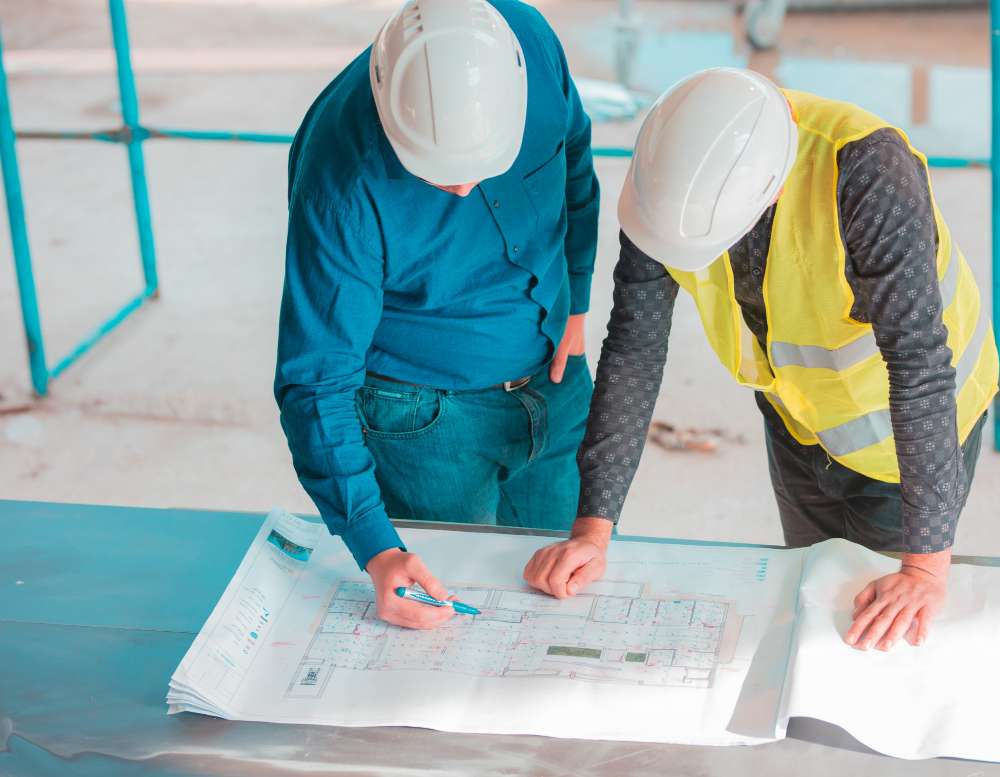In civil construction, where engineering and architecture converge, pursuing perfection can be equated to walking a tightrope. On one side, you need functionality, ensuring that buildings serve their intended purpose effectively and safely. On the other hand, there's the allure of aesthetics, the desire to create structures that captivate and inspire. Balancing these two aspects is the essence of architectural design in civil construction, and it's a craft that marries engineering rigor with artistic vision.
The Marriage of Form and Function
In the United States, where skyscrapers stretch into the heavens and intricate bridges span vast rivers, architectural design takes center stage. It's not merely about erecting structures that withstand the test of time; it's about crafting buildings that become iconic symbols of progress, innovation, and culture.
1. Functionality: The Backbone of Design
At the core of any civil construction project is functionality. Buildings must serve a purpose, whether providing shelter, facilitating transportation, or housing industrial processes. In the American context, functionality often comes with many requirements and regulations, particularly in areas prone to natural disasters like earthquakes, hurricanes, or wildfires.
For instance, architects and engineers must collaborate to ensure that a skyscraper in San Francisco offers breathtaking views of the city and remains resilient in the face of seismic activity. It's about designing the foundation, selecting the suitable materials, and creating a structure that can withstand the worst nature has to offer.
2. Aesthetics: The Heart and Soul
Yet, a purely practical approach to construction wouldn't produce the skyline that graces cities like New York, Chicago, or Los Angeles. Herein lies the artistry of architectural design. The aesthetics of a building matter. They influence how people perceive and interact with the structure and how it becomes a part of the city's identity.
Consider the iconic Golden Gate Bridge in San Francisco. Its bold orange hue, dramatic art deco styling, and sweeping lines aren't just incidental but integral to its charm. In this case, aesthetics isn't merely superficial; it's part of the bridge's identity and connection to the American spirit of innovation and boldness.
The Role of Innovation in Design
In the United States, a nation known for pushing the boundaries of technology and design, innovation plays a pivotal role in architectural design within civil construction.
1. Sustainable Design
Environmental concerns have reshaped architectural design, leading to the rise of sustainable architecture. The American audience is increasingly conscious of the ecological footprint of buildings. As a result, architects and engineers are challenged to create structures that minimize resource consumption, reduce emissions, and maximize energy efficiency.
2. Smart Buildings
With the Internet of Things (IoT), "smart buildings" have gained prominence. These structures incorporate cutting-edge technology to enhance functionality, security, and energy efficiency. For an American audience, smart buildings represent the intersection of functionality and innovation, making daily life more convenient and sustainable.
Balancing aesthetics and functionality in civil construction is a multifaceted endeavor that marries artistry with engineering precision. In the United States, where innovation and ambition run deep, architectural design plays a vital role in shaping the landscape of cities and the national identity. It's a pursuit that transforms functional structures into works of art and is a testament to the enduring spirit of American ingenuity.
As we look toward the future, architectural design in civil construction will continue to evolve, incorporating new technologies, sustainable practices, and innovative forms. It will remain an art form that defines the skylines of American cities, leaving an indelible mark on the nation's architectural legacy. Balancing aesthetics and functionality, civil construction is an enduring testament to the harmonious marriage of form and function.

